STAR TRADING LED Lamps

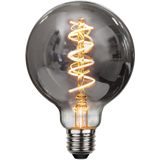
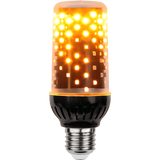

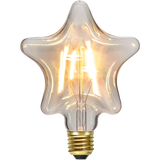
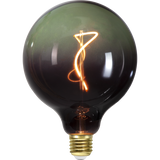
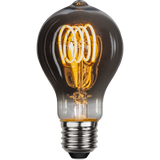
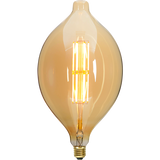
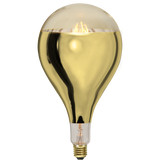

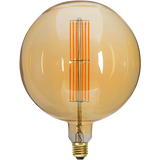
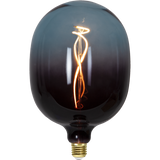


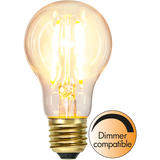
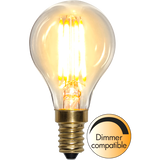
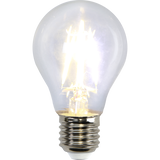
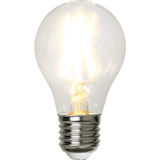
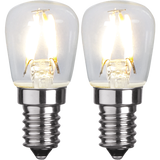


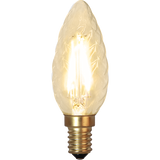
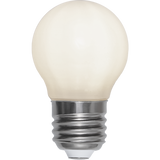
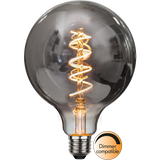
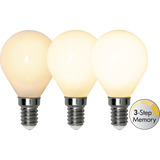
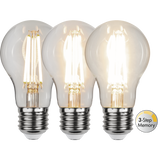
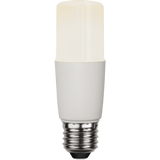
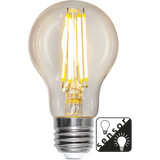
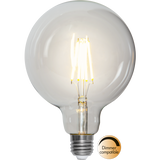



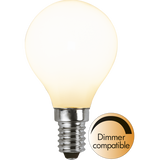
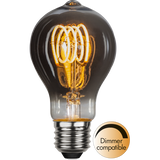

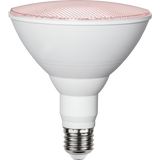
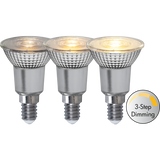


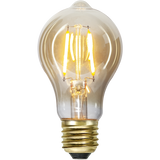
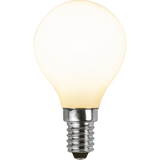
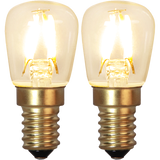
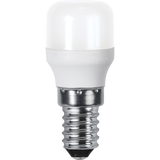

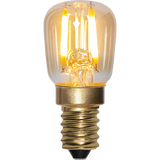
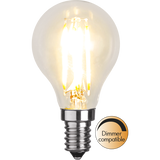
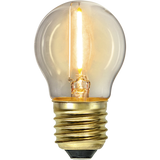


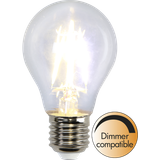
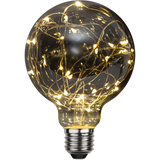
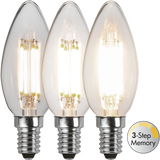

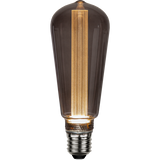
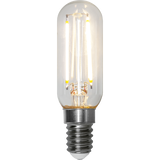
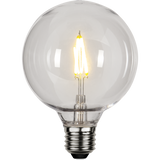
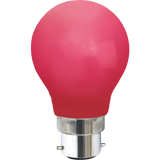



star trading led lamps ranges and formats
Filament glass for visible fixtures, opal globes for shaded fittings, and compact GU10/GU5.3 spots for downlights—those three buckets cover most rooms without changing the luminaires. Power nodes land at 3.5/5.5/7/10/13–15 W with typical outputs ≈350/500/700/1 050/1 500–1 600 lm on 220–240 V, 50/60 Hz. Colour sets: 2700/3000/4000 K. CRI 80 handles circulation and back-of-house; CRI 90 (R9 > 50 on selected bins) is stocked for wood, food and textiles. Pro lots quote PF ≥ 0.90 from ~8–10 W upward, THD ≤ 15 %, surge 1–2 kV L-L, and low-modulation light (PstLM ≤ 1.0, SVM ≤ 0.4) so cameras and long meetings stay comfortable. Operating window typically −20…+40 °C; mark “enclosed-fixture suitable” where shades run hot and keep Tc < 85 °C.
Optics and drivers for star trading dimmable led lamps
Clear “filament” glass gives higher centre intensity and a convincing sparkle in open pendants; opal diffusers calm luminance for shallow canopies and mirror zones. GU10 mains spots ship with compact CC drivers; E27/E14 lamps use HV/linear-reg in filaments and constant-current with thermal slug in opals. Trailing-edge (RC) channels are the safe default; many SKUs also pass leading-edge (RL) tests. Expect ~5–100 % on filaments and ~10–100 % on opals when the plate load sits in the dimmer’s stable window. Keep channel notes (RC/RL, min level) on drawings—mixed floors are where shimmer creeps in.
Series map for star trading decorative led lights
- Filament Décor — A60, ST64, G80/G95, amber/clear/smoke glass; 2700 K focus; CRI 90 options for front-of-house.
- Opal Utility — A60/A67 and G45/mini-A; 3000/4000 K; the best lm/W and PF for commercial circuits; happiest in enclosed shades.
- GU10 Accent — 10°/24°/36° beams, 4.5–7 W, 350–600 lm; short-neck versions for tight cans; accessories tame near-field glare.
- High-Output A67 — ~1.5–1.6 klm where ceiling height needs punch without changing the fixture.
All envelopes follow IEC 60061 caps; dimensions (e.g., A60 ≈ Ø60×110 mm) are printed so trims and cages aren’t guesswork.
Controls and data for star trading smart led lighting
Hotel and office roll-outs couple lamps with room controllers or gateways via upstream dimming and switched circuits; where app/voice is required, select lots with BLE/Wi-Fi modules and QR-onboarding so housekeeping can re-pair quickly. For analytics, DALI is handled at the luminaire level; for lamps, stick to sceneable RC plates or SELV PWM on grouped heads. In mixed estates, publish a colour policy per zone—2700 K for dining, 3000 K for public rooms, 4000 K on task planes—so accents and background read as one system.
Technical references that matter (kept short)
EN/IEC 62560 (self-ballasted safety/marking), EN 62031 + IEC 62384/EN 61347-2-13 (source/driver), EN 55015/EN 61547 (EMC), EN 61000-3-2/-3-3 (mains quality), EN 62471 (photobiological safety, RG0/RG1 on typical outputs). Source data is LM-80 with TM-21 projections; expect L70/L80 in the 25–50 kh band at Ta 25 °C depending on engine and thermal path.
Application cues and quick picks
Reception and dining: clear filaments at 2700 K on RC dimmers over tables; CRI 90 where faces and timber matter. Desks and classrooms: opal utility at 3000/4000 K, PF-strong nodes in enclosed canopies. Retail: GU10 24°/36° for punch on merchandise, panels/linears for background. Guest corridors: mini-globes (G45) to keep luminance comfortable at eye level. For consumer-worded tenders asking star trading led bulbs, mirror the term on the sheet but keep envelope, lumen node and dimmer type explicit.
Procurement logic (avoids re-picks)
Write each line as: envelope + cap + W/lm + CCT/CRI + dimmer note + enclosed-OK + surge.
Example: “A60 E27 8 W 900 lm 3000 K CRI 90, RC dim, enclosed-OK, 2 kV.”
Energy-focused buyers searching star trading energy saving bulbs will land on Opal Utility at the higher lm/W bins with PF ≥ 0.90—flag that in the offer. Where room lists bundle small formats as star trading indoor led lamps, keep one clear and one opal option per area to keep spares lean and scenes consistent.
Integration, stocking, and small field notes
- Keep pendant drops strain-relieved; add 360° braid clamps near metering/AV to preserve EMC hygiene.
- Aggregating tiny loads stabilises low-end; a single 4–5 W lamp on a plate is where shimmer starts.
- Short-neck GU10s are the fix for heritage shallow trims; note bezel diameter and overall length.
- In warm ceilings, de-rate expected lifetime unless the shade is ventilated—Tc, not the catalogue value, decides service intervals.
Bankoflamps B2B
Pricing is mapped to room schedules; your manager cross-checks envelopes, lumen nodes, CCT/CRI, dimmer topology, and “enclosed-OK” notes against drawings. The portal shows live EU stock; quotes usually return in about an hour with EAN/MPN, PF/THD, flicker data, and accessory codes. Orders go by manufacturer code with dated price lists; we track lead times and consolidate shipments by line and zone across France, the Baltics, Germany, Spain, Italy, Belgium, and the Netherlands. Post-payment up to 30 days is available for approved clients.